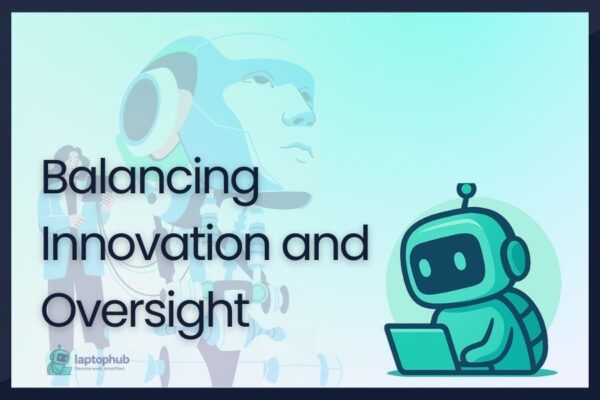Marks & Spencer (M&S), a leading UK retailer, has suffered a substantial cyberattack that has disrupted its operations into a second week. The breach has led to a £570 million drop in market value, with online orders and payments severely affected. As a precaution, M&S has suspended services and advised click-and-collect customers to await confirmation before visiting stores.
The breach, which surfaced earlier this month, forced the company to advise customers to await further instructions before attempting to collect online orders. M&S has apologized for the inconvenience but has not yet disclosed the full extent of the attack or whether customer data was compromised.
Remote Work Systems Hit Hard
Significantly, hundreds of M&S employees working remotely have been locked out of critical internal systems, forcing teams to revert to manual processes such as using pen and paper. Many internal operations, including inventory tracking and order processing, have been slowed down dramatically as a result.
This disruption highlights an often-overlooked aspect of cybersecurity in the remote work era: the vulnerabilities created when employees access company networks from multiple, sometimes less-secure environments. Without robust protections like zero-trust architectures, secure VPNs, and enhanced endpoint monitoring, companies expose themselves to far greater risks.
A Wake-Up Call for Remote Work Security
The M&S cyberattack serves as a stark reminder for organizations globally that remote work models require equally strong, if not stronger, cybersecurity strategies. As flexible work arrangements become permanent fixtures, companies must prioritize investments in security infrastructures specifically designed for distributed workforces.
Experts advise that businesses conduct regular audits, implement multi-factor authentication, educate employees on phishing risks, and establish rapid-response protocols for potential breaches. Failure to do so could lead not only to financial losses but also lasting reputational damage in an increasingly digital economy.





